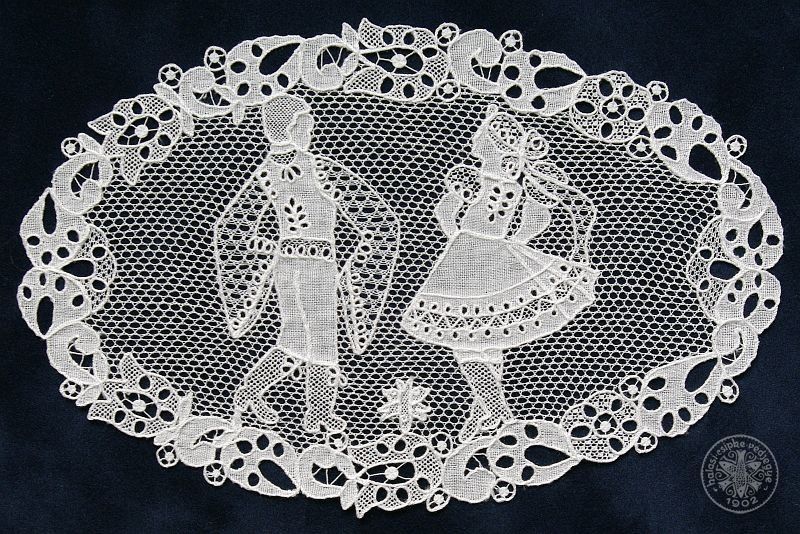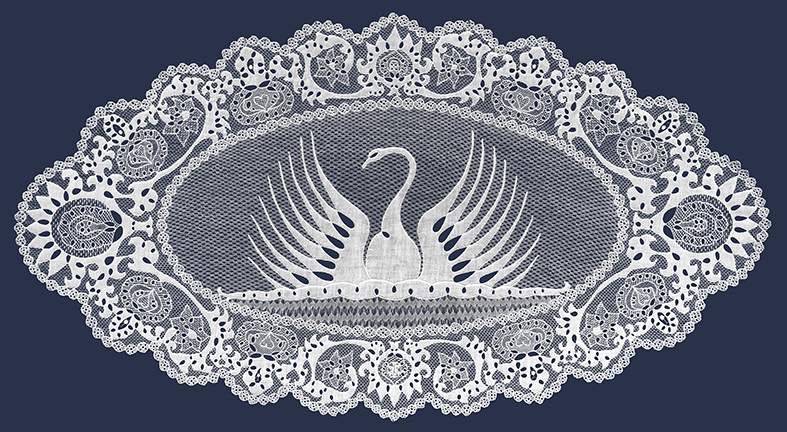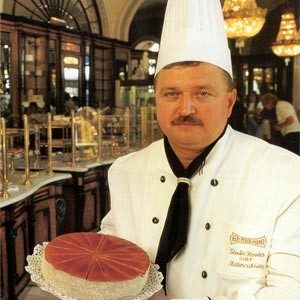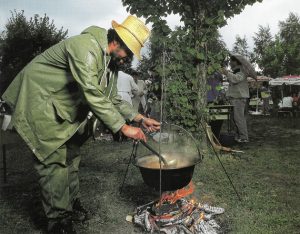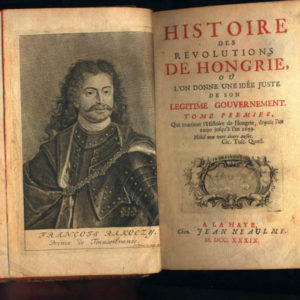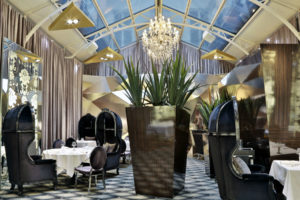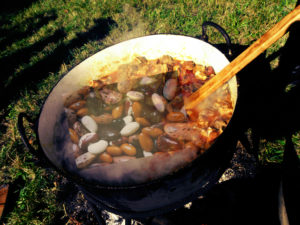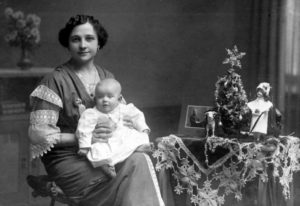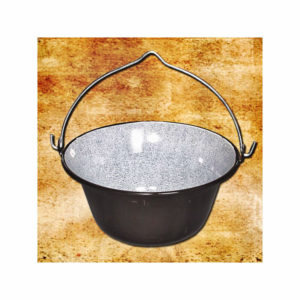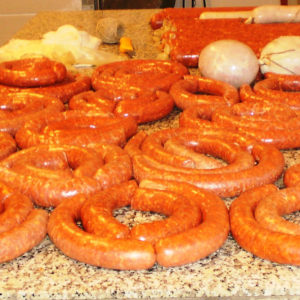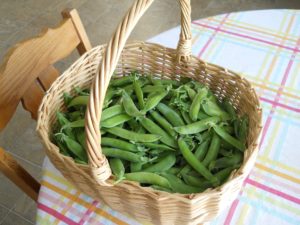Halas Lace – the beautiful hungaricum
The method of manufacturing the Hungarikum Halas Lace is a secret of lace sewers, who pass it from generation to generation. It is a true art form, a special heritage, that is as worthy as gold.
How did Halas Lace become so popular?
Since the 1880s, there was a growing demand for products made in folk style in European applied arts. With the use of mechanised techniques and the spread of mass goods, the demand for handicrafts has increased as well as the prices of these items. As a result of this process, manufactory workshops were developed in several places in Hungary, among which the lace of Halas quickly emerged.
Hungarian lace making was already known and recognized in the 18th century, but it became internationally renowned, and equivalent to the lace art of Venice and Brussels with the growing popularity of Halas Lace. Today, it is so valuable that it has been given as diplomatic gifts several times: Pope John Paul II, the Queen of England and the Queen of Jordan all received it from Hungary.
Value of Halas Lace
It needs a lot of time, talent and experience, and the value of Halas Lace is now similar to the value of gold.
Its history dates back to the beginning of the 20th century: in 1902, Árpád Dékáni, an art teacher from Kiskunhalas, “created” the foundations of the Halas Lace. It was made in cooperation with Mária Markovits folk art teacher, who created the first Hungarian “trademarked” sewn laces, based on the traditions and designs of the area.
Technique and motifs of Halas Lace
Putting the plans into practice had its difficulties. The ideas of the art teacher could not be realized with the technique that had been used for centuries, a completely new procedure had to be developed.
The basis of the new technique starts with a transparent membrane paper that is placed above the pattern, and these two layers are fixed to a canvas stretched on the handiwork frame. The motif is the work base. Multiple threads are aggregated to form the contour thread, from which the pattern is formed with a continuous line above the drawing. In the meantime, by accessing the contour thread to the base, the three layers are held together, and base is fixed. Then the frame can be removed, and the lace is placed on cylindrical pillow filled with sand. For filling the ornaments, a simple, but dense and precise weaving is used, then they are attached together with the contour line with stitches. This technique is called sewn-out technique.
In the original plans of Dékáni the basic motifs evoke the fauna and flora of Hungarian legends, myths and folk tales. Among the plants the most common figures are daisies, tulips, roses or chrysanthemum motifs, and from the animals the butterflies, peacocks, swans and deers.
Nowadays, mandala-like circular laces are the most popular, that are placed behind glass, or sewn onto clothing as decoration. Figures of different people are also prominent, mostly form myths, or historical events, like the shepherd playing on his flute, the sad “kuruc” (rebels from 17-18th century) or the flower girl.
Career of Halas Lace
- The Halas Lace attracted a great deal of attention on Christmas Day 1902, at the exhibition of the Industrial Arts Society at the Museum of Applied Arts
- It won a gold medal at the 1903 Exhibition of Applied Arts,
- At the 1904 World’s Fair in St. Louis, it won over the Brussels lace.
- In 1935, the Hungarian Chamber of Commerce and Industry added the product to its trademark register. In the same year the symbol of three fish stacked on each other was introduced to the coat of arms of the town of Halas and became the trademark of the lace too. It can be found on every piece even nowadays.
- Csipke Ház (Lace House), a workshop was built in Halas in the same year, that has been provided a home and showroom to the masters and their pieces ever since.
- By 1936 the Halas Lace became a global brand and won numerous international awards in various competitions and exhibitions.
- At the Budapest International Fair in 1949, it was awarded with an honorary diploma,
- At the 1958 World’s Fair in Brussels, it won the Grand Prix.
- In 1992, the Halas Lace Foundation was established to renovate the Lace House. In 1998 a new building was built there that hosted 2 popular world exhibitions since then.
Due to its material (the finest linen thread), its airy appearance, its rich stitching technique and authentic designs, Halas Lace became a world famous Hungarikum. Of all the noble laces in the world, this is the only one that is 100% handmade, even nowadays. That made it the world’s number one lace, as precious as gold.
Photo: http://www.hungarikum.hu



